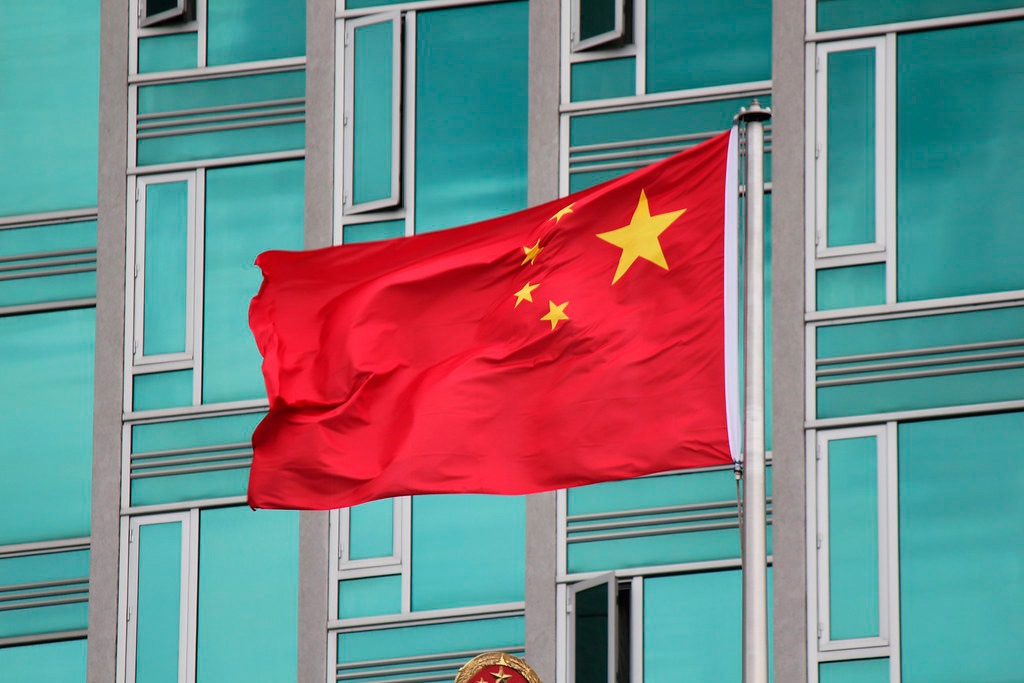China’s development diplomacy has inflicted severe consequences upon the developing and under developed world over the past few years. Under the ambit of economic cooperation, China’s policy of lending high-interest finance has induced various countries in debt that has had political consequences as well.
Chinese President Xi Jinping’s pet project- The Belt and Road Initiative, when announced, was deemed by many to a path-breaking initiative that would change the course of development inthe global arena. However, far from being an ideal development model, the BRI has on thecontrary induced further constrains over the countries that were already facing economic burdens.
Chinese debt strategy
The Chinese Communist Party (CCP), through its imperialistic tendencies, has overtaken theWorld Bank, the IMF and other traditional creditors all together to become the world’s largestofficial creditor presently. It has an outstanding claim of more than 5% of the globe’s total GDPand more than a dozen under-developed and developing countries owe finances of at least 20%of their GDPs to China.
The target market for such Chinese tactics has clearly been the underdeveloped and developing world. In the African continent for instance, China has become the
largest bilateral creditor to countries in the continent and has provided financial loans for
developmental projects to more than three dozen nations including Angola, Ethiopia, Kenya,Djibouti, Cameroon, Zambia and Republic of Congo amongst many others in recent years.
These loans have led to the continent in total owing Chinese creditors almost over $93 billiondollars until 2022 and is expected to reach an all-time high figure of around $153 billion in theupcoming year.
An example of such Chinese tactics is visible in the case of Kenya, whose economy has been struggling to stay afloat in the international financial market system. China, as in the case of other African nations, is Kenya’s largest bilateral creditor. Kenya has received 758 billion shillings from their Chinese counterparts for rail lines and other projects up until 2021. The Kenyan parliament in 2020 declared that the country had dues worth over 38 billion shillings towards Afristar, a Chinese owned company for the projects that were undertaken in the country through Chinese funds. The Standard Gauge Railway (SGR), which has been deemed by many as a white elephant project, was perhaps the most promising project that was anticipated to transform the Kenyan economy.
According to Chinese bilateral loan agreements, developmental funds from the Exim bank of China would fund the project completely. However, the project met a very similar fate as some of the other Chinese white elephant projects around the world. The Exim bank soon halted the project by withholding funds due to Kenya’s request for restructuring their debts to China. The overdue amount was already burdening Kenyan economy and undertaking further loans was only going to stress its economy further.
Moreover, it is not only the African continent that has faced the heat due to Chinese finances, South Asia too has had its share of debt from Beijing’s economic coercive tactics. In Sri Lanka for instance, the situation has gone from bad to worse not only economically but also politically.
The island country until 2020, had borrowed over $4.6 billion and has on constant occasions been seeking more funds to help retrieve its economy which is facing its worst financial crisis in its independent history. These lending on the contrary to aiding the country’s economic situation, has rather worsened the country’s economic recovery. China has multiple high value projects ongoing in Sri Lanka, amongst which are the infamous Hambantota Port and the Colombo port. The ruling elite’s closeness with the CCP on the other hand, is no hidden secret as well; the Rajapaksa family who had been ruling the country for almost two decades has been known to be cordial with their Chinese counterparts.
A secondary element of the debt inducing strategy has been Beijing’s ability to intrude into
political circles with lucrative investment offers to the ruling elites among the developing andunder-developed world. Sri-Lanka, Nepal, Kenya, Maldives and others are prominent
examples to such tactics.
The developing world in this case must take preventive measures before Beijing intrudes
further to compromise the democratic value of such countries. In order to exploit the economic leverage, it has taken political control over the developing world; such measures must be restricted. China in quest to further its imperialistic objectives can be expected to expand upon its political agenda of influencing the ruling political class by offering similar incentives of investments, as it has in many other developing countries. Resisting such advances is perhaps very crucial to prevent Beijing from overstepping its position in the global order and more so from playing out its overambitious claims of being a global superpower.

